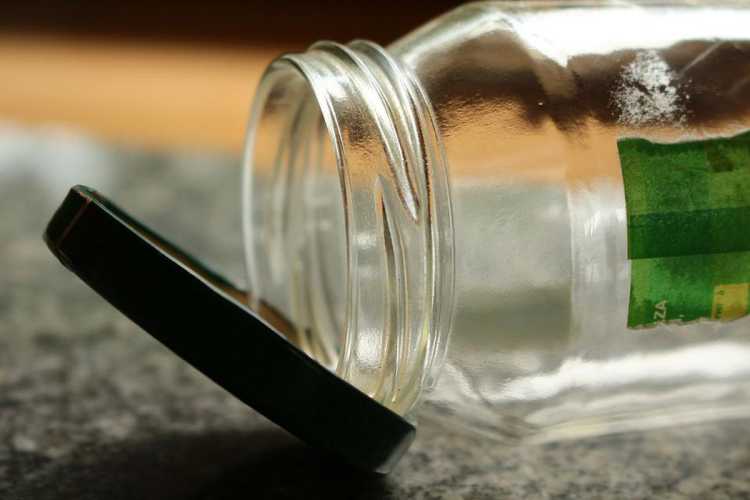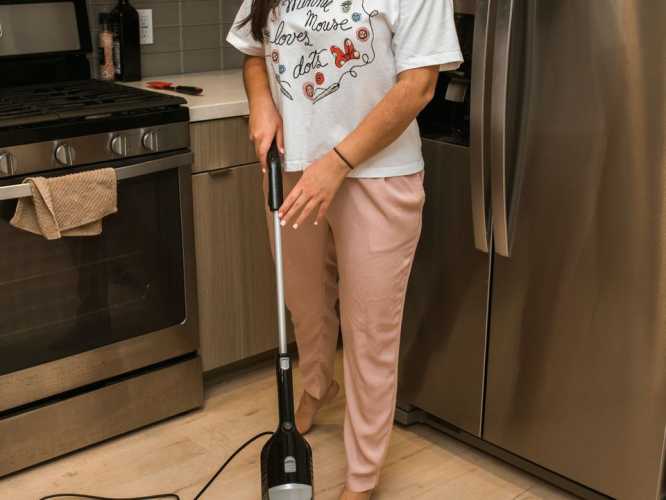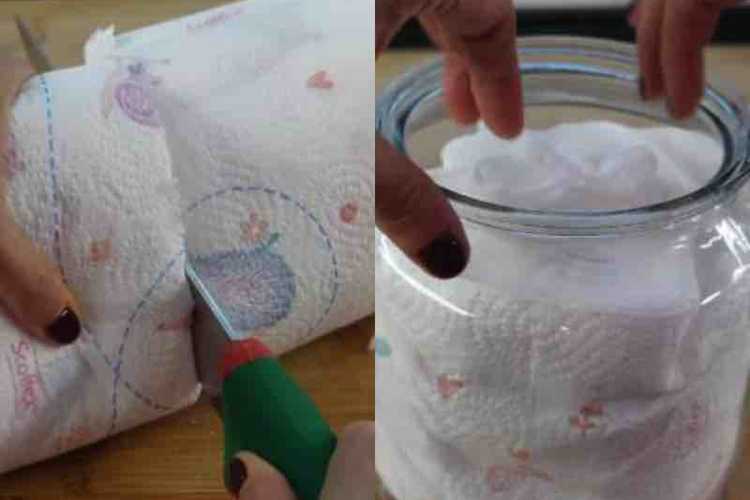A good reason why dishwashing sponges should be thrown away, not washed

Few people would argue that one of the dirtiest items in the house is a kitchen sponge for dishes: even if it is washed regularly and thoroughly, it will not stay clean for long, informs Ukr.Media.
But “very dirty” is a stretchy term; so researchers decided to find out exactly what bacteria and in what quantities can live on dishwashing sponges.
The study says that in one cubic centimeter of a dish sponge, you can count more than 5×1010 bacterial cells, which is seven times more than the number of all people on Earth. A similar density of bacterial “population”, according to the authors of the work, can only be found in feces. Among the “sponge” microbes, quite a lot of pathogens were found, such as pathogens of pneumonia and meningitis. (By the way, the characteristic stench is given to dish sponges by the bacterium Moraxella osloensis, which can also cause trouble for people with weakened immunity.)
But most importantly, it turned out that the more often sponges are washed to remove dirt, the more often they are boiled or disinfected in the microwave, the more pathogenic microbes appear on them.
The explanation here is simple: pathogens are usually more resistant to sanitation procedures, and therefore after each cleaning, the pathogenic microbes that survived actively colonize new territories vacated by their less resistant counterparts. So the most effective way to keep microbes in line is to simply replace the old sponge with a new one every week.
Джерело: Source



